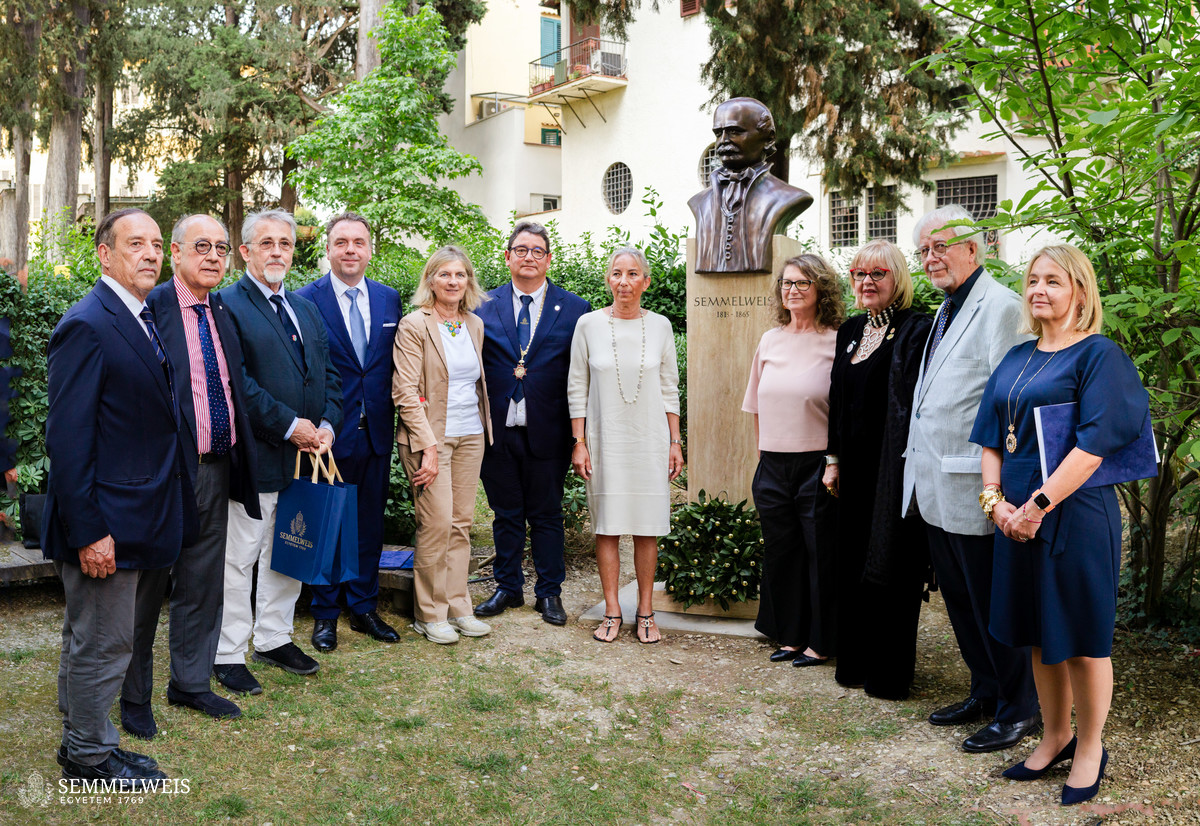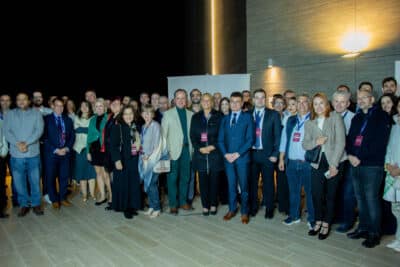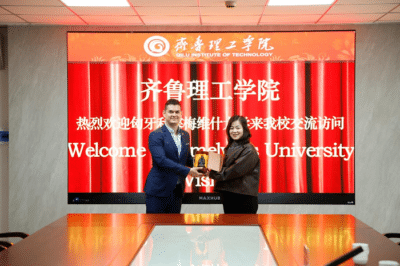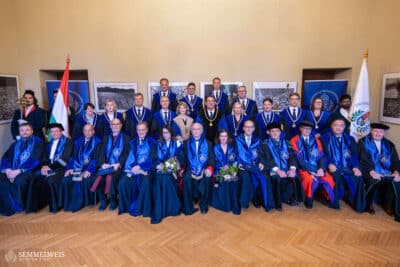Founded in 1982 with the aim of honoring and promoting the work of the 19th-century Hungarian physician, the Semmelweis Memorial Committee has commemorated the spiritual heritage of Ignác Semmelweis in 25 cities from Tokyo to Los Angeles and from Berlin to Canberra, most recently in Thailand. The current artwork is placed on a symbolic site, the former orphanage and children’s hospital complex of the Istituto degli Innocenti, founded in the 15th century as the ‘Hospital of the Innocents.’ The sculpture was installed on the initiative of Dr. László Rosivall, President of the committee, making it the second sculpture of the ‘savior of mothers’ in Italy, following the first in Perugia.
Present at the ceremony were Dr. Béla Merkely, Rector; Dr. Éva Szabó Feketéné, Vice-Rector for Strategy and Development; Dr. László Rosivall, Chairman of the Semmelweis Memorial Committee; Ádám Zoltán Kovács, Ambassador of Hungary to Italy; Erika Emma Fodré, Vice President of the Italian-Hungarian Association; Maria Grazia Giuffrida, President of the Istituto degli Innocenti; Dr. Krisztina Lantos, Director of the Collegium Hungaricum Rome; and sculptor István Madarassy.
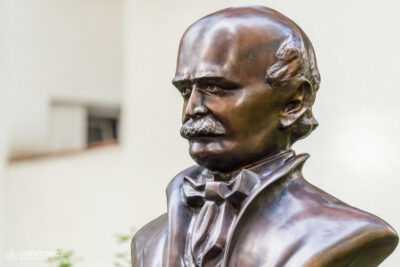 “We have gathered today in this unique city, which is proud of its rich historical and cultural heritage, to pay tribute to the doctor who has become the symbol of professional dedication and perseverance not only in Hungary but also in the whole world,” said Dr. Béla Merkely, Rector of Semmelweis University, in his speech. As he recalled, Ignác Semmelweis’s discovery that handwashing with chlorinated water could prevent childbed fever had been considered radical by his contemporaries and had met with resistance for a long time. “However, his conscience and his commitment to science kept him going, and the future proved him right. His life was far from easy, but his example teaches us not to be content with doing our duty, but always strive for better, for more, and when faced with obstacles, not to retreat, but to overcome them,” Dr. Béla Merkely pointed out.
“We have gathered today in this unique city, which is proud of its rich historical and cultural heritage, to pay tribute to the doctor who has become the symbol of professional dedication and perseverance not only in Hungary but also in the whole world,” said Dr. Béla Merkely, Rector of Semmelweis University, in his speech. As he recalled, Ignác Semmelweis’s discovery that handwashing with chlorinated water could prevent childbed fever had been considered radical by his contemporaries and had met with resistance for a long time. “However, his conscience and his commitment to science kept him going, and the future proved him right. His life was far from easy, but his example teaches us not to be content with doing our duty, but always strive for better, for more, and when faced with obstacles, not to retreat, but to overcome them,” Dr. Béla Merkely pointed out.
In his welcome address, Ádám Zoltán Kovács, Hungary’s Ambassador to Rome, described Ignác Semmelweis as a pioneer of modern medicine:
It was thanks to Semmelweis that mothers could hold their children in their arms and families could rejoice together at the greatest gift of all: life.
Describing the site, the head of Hungary’s diplomatic mission to Rome highlighted that the institution had begun its work in 1445 and that it still maintained its original purpose: offering protection, support, and development for children and mothers in distress. Ádám Zoltán Kovács emphasized that bilateral relations between Italy and Hungary had intensified in recent years, which was further strengthened by the bust honoring the ‘ambassador of Hungarian science.’ In this context, he thanked Erika Emma Fodré for her financial support and engagement in cultural diplomacy, with which she had contributed to erecting the sculpture.
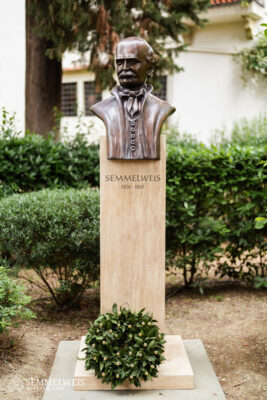 Erika Emma Fodré, Vice-President of the Italian-Hungarian Association, pointed out that the seemingly simple gesture of handwashing was in fact a symbol of taking responsibility. “This gesture still saves lives today and reminds us that simplicity often carries extraordinary power.” She added that “today we are not just unveiling a sculpture, today we are celebrating friendship between two nations, respect for science, love of art, and the will to pass on to future generations the knowledge and appreciation of our roots.”
Erika Emma Fodré, Vice-President of the Italian-Hungarian Association, pointed out that the seemingly simple gesture of handwashing was in fact a symbol of taking responsibility. “This gesture still saves lives today and reminds us that simplicity often carries extraordinary power.” She added that “today we are not just unveiling a sculpture, today we are celebrating friendship between two nations, respect for science, love of art, and the will to pass on to future generations the knowledge and appreciation of our roots.”
Maria Grazia Giuffrida, President of the Istituto degli Innocenti, stressed that the institution was dedicated to children’s right to health, in the spirit of the UN Convention on the Rights of the Child, and that the Semmelweis sculpture was therefore installed in the large garden of the institution for the children to see day after day.
Judit Szabados-Dőtsch
Photos by Juri Pozzi
